Fishing
The way we fish cannot continue. Industrial scale commercial fishing has left parts of our oceans a barren wasteland, where once life thrived. Currently, less than one percent of our global oceans are set aside as ocean sanctuaries, making it all too easy for the fishing industry to exploit their resources. Overfishing and destructive, wasteful fishing practices are threatening the health of our oceans and food security for communities everywhere. Bottom trawling – commonly known as the most destructive fishing method around – is turning biodiverse hotspots to rock and rubble.
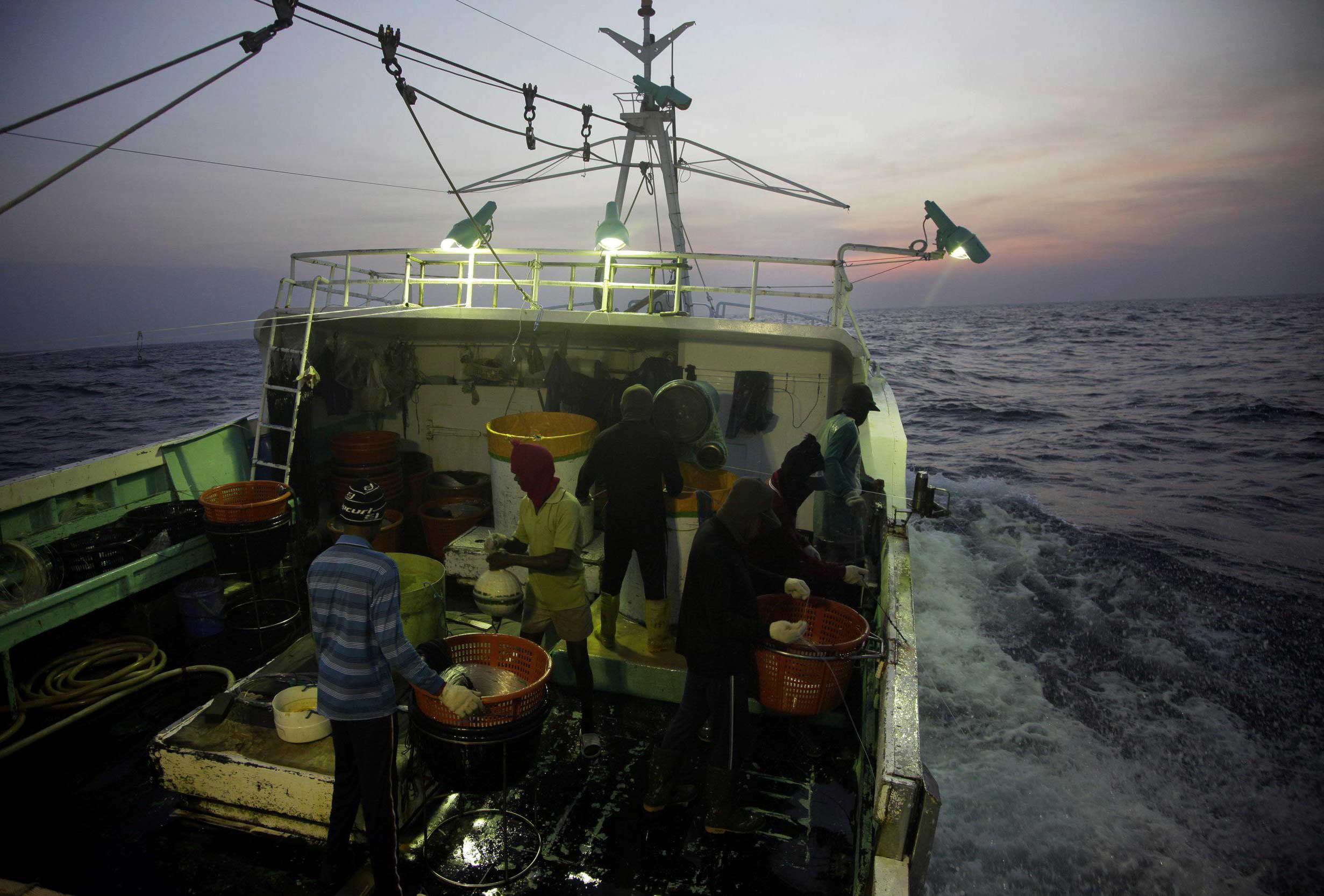
Things you can do
We want you to take action because together we’re strong.
-

Ban Bottom Trawling on Seamounts
At home and far out to sea, our oceans are being plundered for profit by the fishing industry through bottom trawling. But what is bottom trawling and why is it so destructive to ocean habitats?
-

Open Letter for Oceans Protection
Imagine a future where the ocean thrives. Where endangered species have been brought back from the brink, and families can catch a feed.
-
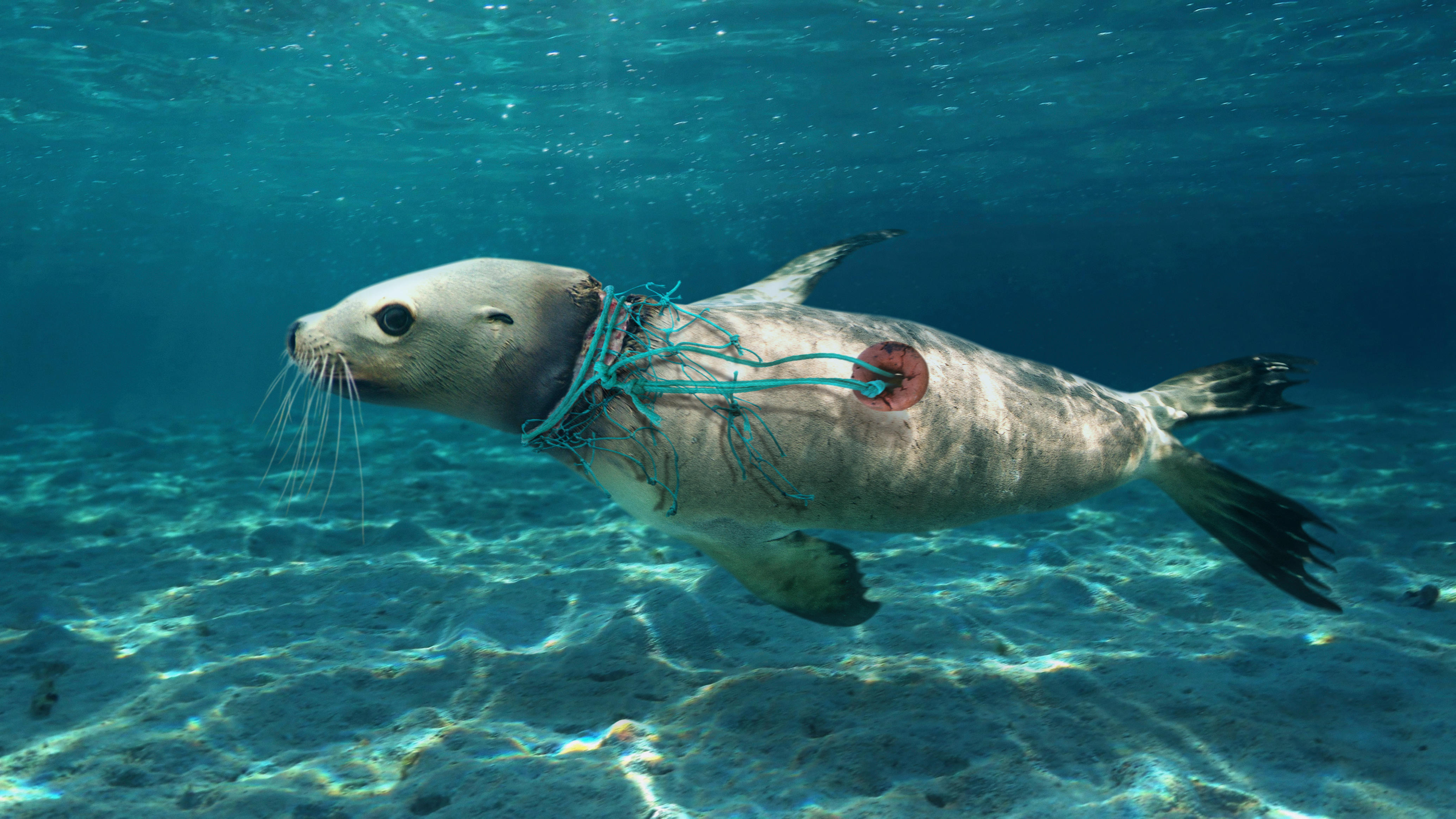
Stop Ghost Fishing Gear
Ghost fishing gear is wreaking havoc on our oceans. Discarded nets, ropes and other fishing waste makes up 10% of the total plastic pollution in the ocean, but as yet – nothing is being done to stop it at the source.
-
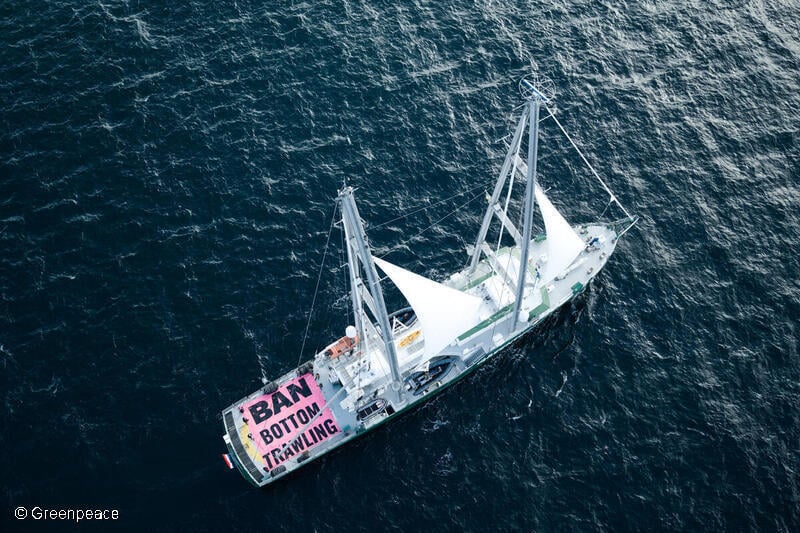
This is how you’ve made a difference with Greenpeace in 2025
Please enjoying reading the October 2025 issue of Kākāriki, our Greenpeace Aotearoa supporter magazine.
-
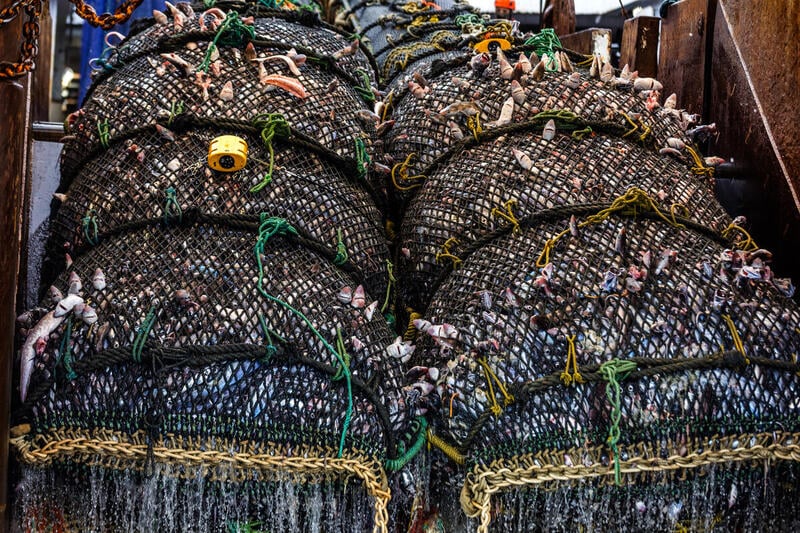
Industry opposition to bottom trawling ban “outrageous”
News that fishing industry lobby group Seafood New Zealand will actively oppose a ground breaking, community-supported plan to ban bottom trawling along the Coromandel Coast shows how out-of-touch it is with public sentiment.
-
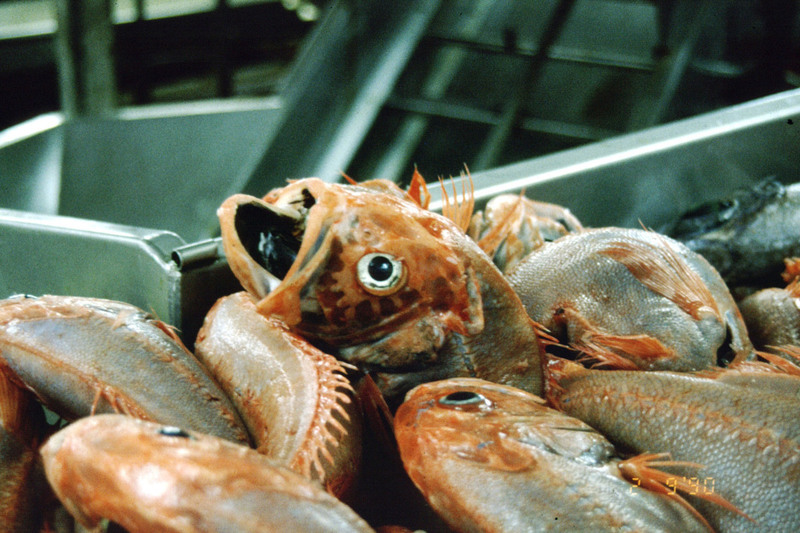
Seamount protection considered to protect crashed fish stock
A decision to dramatically reduce catch limits in the world’s largest orange roughy fishery is being welcomed by environmental groups, while they assert further protection is needed to prevent habitat and population collapse.
-
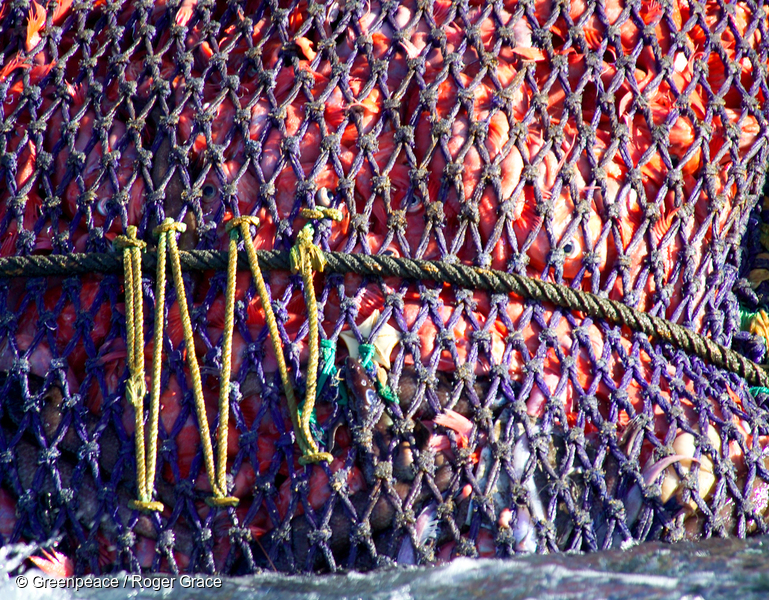
Key orange roughy population on verge of collapse, government considers closure
New data reveals that New Zealand’s main orange roughy fishery, accounting for half of the country’s total catch, is on the brink of collapse, with one model showing it may…
-
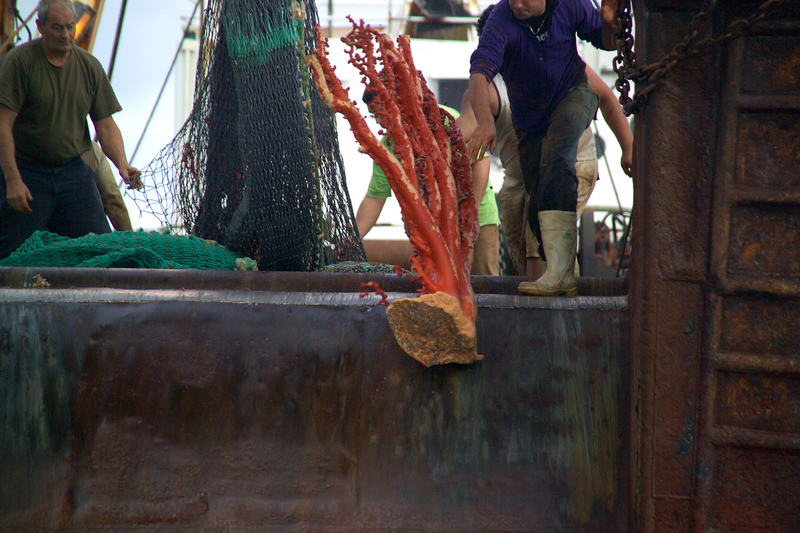
Why is coral so important?
Why is coral so important? Find out more about these unique species – the backbone of the oceans – and learn how you can help protect coral.
-
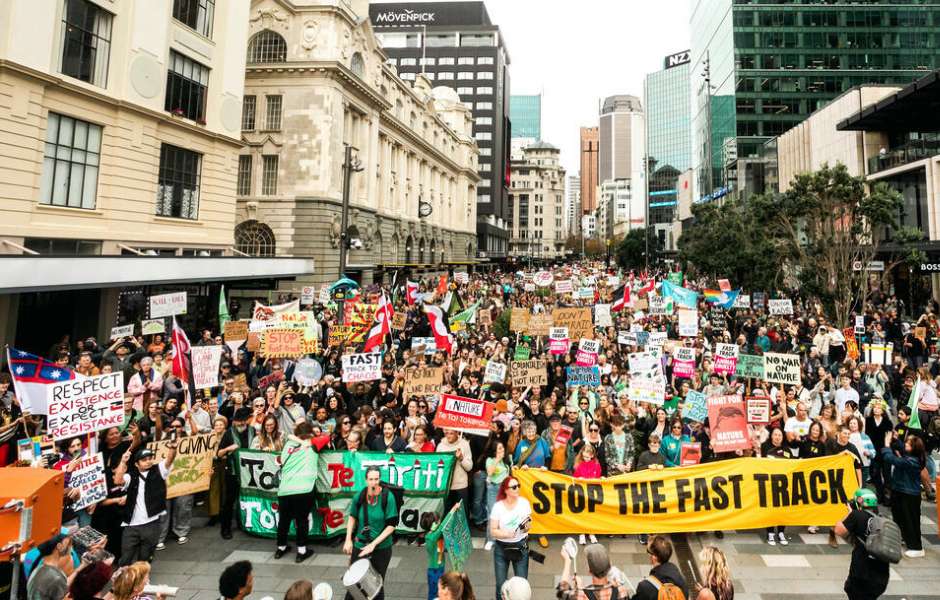
This is how you’ve made a difference with Greenpeace so far in 2025
In this issue of our magazine Kākāriki, you can read how you are how you are protecting our oceans, climate, forests, and communities here in Aotearoa and around the globe.
-

Coral killers – the bottom trawling image that shocked the world
On June 12 2005 Greenpeace captured evidence that bottom trawling was destroying deep sea coral in the Tasman Sea. This is the story of that photo.
-

Protected corals destroyed in six-tonne bycatch “disaster” from a single bottom trawl
BREAKING: It’s been revealed that a New Zealand bottom trawling vessel has pulled up six tonnes of protected stony coral in a single trawl – making it the worst reported case of coral destruction in New Zealand waters in over a decade.
-
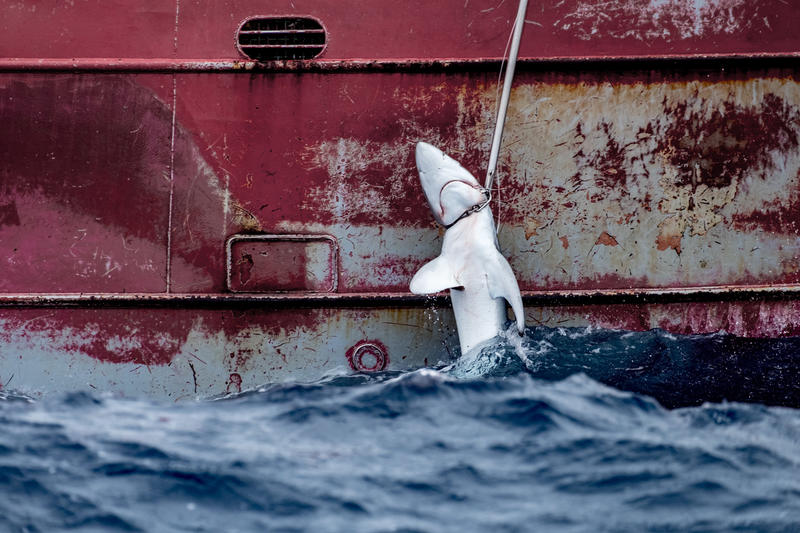
“A devastating record”: New Greenpeace analysis reveals almost half a million blue sharks caught as ‘bycatch’ in Central and Western Pacific in 2023
TASMAN SEA – A new analysis of the latest fisheries data by Greenpeace Australia Pacific has revealed widespread slaughter of sharks in the Pacific Ocean by industrial longline fishers. The analysis estimates that almost half a million blue sharks were caught as bycatch in the region.
